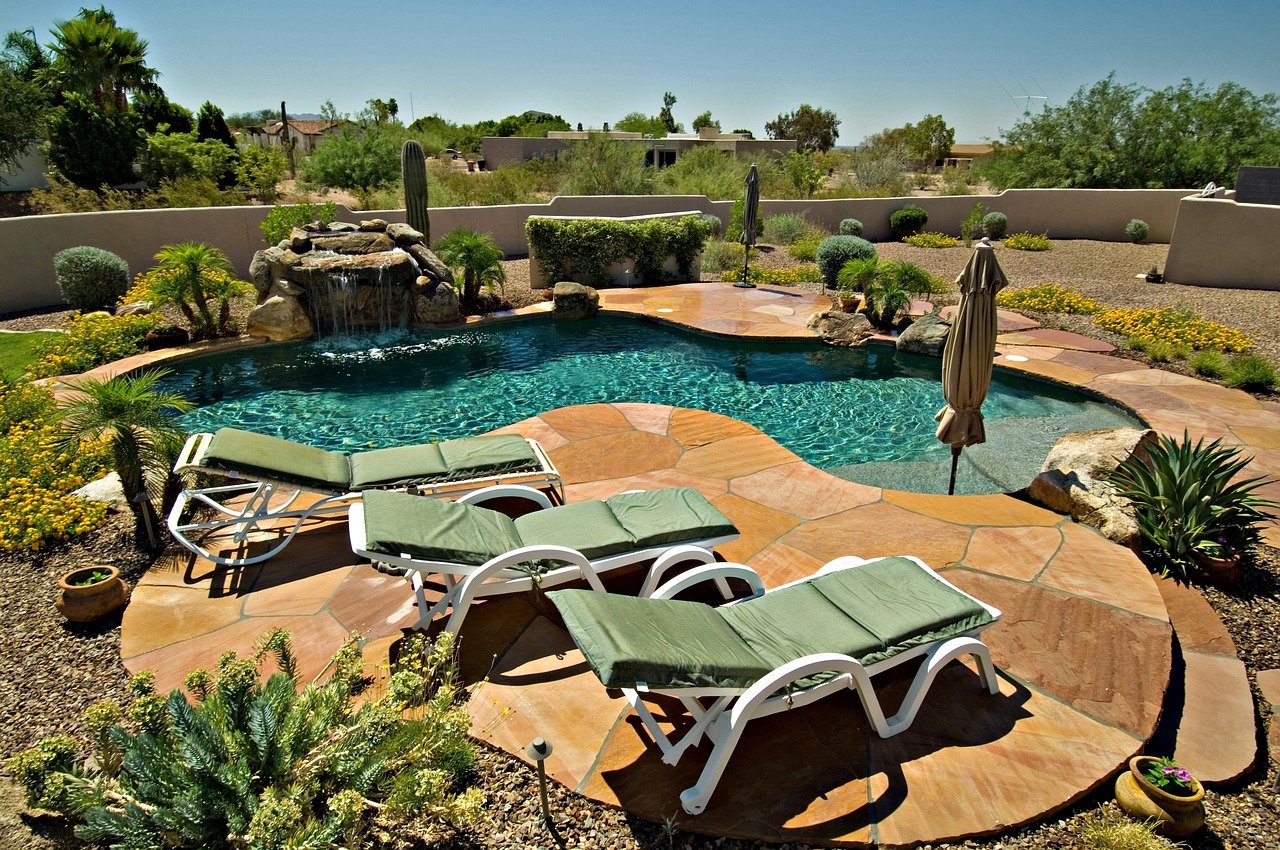Introduction
In an era where water conservation and sustainability are top priorities, designing a landscape that requires less water is both responsible and eco-conscious. By selecting the right plants and employing thoughtful design principles, you can create an aesthetically pleasing outdoor space that conserves water and reduces maintenance. In this blog post, we’ll guide you through the process of choosing plants and designs that are water-efficient. In addition, you’ll learn valuable information about each of the plants we mention.
1. Native and Drought-Tolerant Plants
One of the key strategies for a water-efficient landscape is selecting native and drought-tolerant plants. These species are well-adapted to the local climate and require minimal watering once established. Here are some excellent choices:
– Lavender (Lavandula spp.): Lavender is not only drought-tolerant but also adds fragrance and color to your landscape.
– Agave (Agave spp.): These succulents come in various sizes and shapes and are known for their water-saving abilities.
– Texas Sage (Leucophyllum frutescens): This native shrub produces beautiful purple or lavender flowers and thrives in arid conditions.
– Red Yucca (Hesperaloe parviflora): With its slender, spiky leaves and red or coral-colored flowers, this plant is a water-wise choice.
2. Xeriscaping
Xeriscaping is a landscaping technique that emphasizes water conservation. It involves creating a low-maintenance, water-efficient landscape that can thrive in arid conditions. Key principles of xeriscaping include:
– Drought-tolerant plants: As mentioned earlier, choosing plants that can withstand periods of drought is a fundamental aspect of xeriscaping.
– Efficient irrigation: Install drip irrigation or soaker hoses to deliver water directly to the root zones of plants, reducing water wastage.
– Mulching: Apply mulch to garden beds to retain soil moisture and prevent weed growth.
– Hardscape elements: Incorporate hardscape features like gravel paths and patios strategically to reduce the area that requires irrigation.
3. Group Plants by Water Needs
Efficient irrigation is about delivering the right amount of water to the right plants. Grouping plants with similar water requirements together in your landscape allows you to tailor your watering schedule more precisely. For example:
– Place drought-tolerant plants in one area and more water-thirsty plants in another.
– Zone your irrigation system accordingly, so you’re not overwatering or underwatering different sections of your landscape.
4. Rainwater Harvesting
Consider installing rain barrels or cisterns to collect rainwater from your rooftop. This harvested rainwater can be used for irrigation during dry periods, reducing your reliance on municipal water sources.
5. Professional Guidance
Consulting with a professional landscaper or designer who specializes in water-efficient landscaping can be invaluable. Moreover, they can help you select the right plants and design elements for your specific location and preferences.
Conclusion
In conclusion, choosing plants and designs that require less water is a responsible and environmentally conscious approach to landscaping. Not only does it reduce water consumption and save you money on utilities, but it also contributes to the sustainability of our planet. By embracing drought-tolerant plants, xeriscaping principles, and efficient watering techniques, you can enjoy a beautiful and thriving landscape while minimizing your environmental footprint. Contact us today to explore water-efficient landscaping options and create a stunning outdoor space that conserves water without compromising on aesthetics.

Be The First To Comment